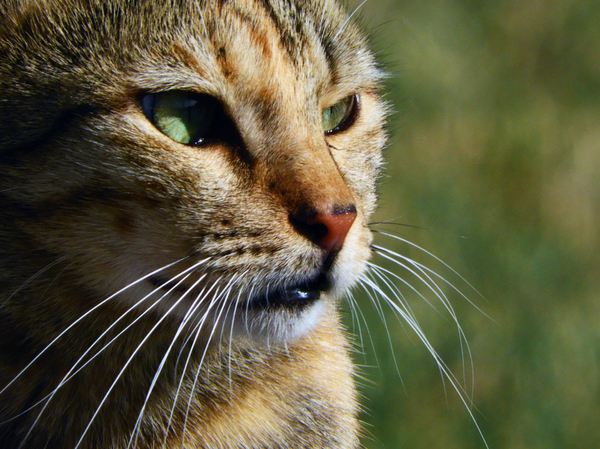Choosing the Finest Cat Litter for Your Feline Buddy
Choosing the Finest Cat Litter for Your Feline Buddy
Blog Article

Cat litter and litter boxes play a critical function in the lives of both felines and their owners. From the humble beginnings of sand and soil to the innovative improvements these days, the world of cat litter has evolved considerably. In this detailed guide, we explore every element of cat litter and litter boxes, exploring their history, types, advantages, obstacles, and whatever in between.
The history of cat litter go back centuries, with ancient civilizations utilizing sand, soil, and even ashes as primitive litter products. Nevertheless, it wasn't till the mid-20th century that modern-day cat litter as we understand it emerged. In 1947, Edward copyright presented the world's very first business cat litter made from absorbent clay, revolutionizing the way cats relieved themselves inside. Given that then, cat litter has actually gone through many improvements, with the intro of clumping litter, silica gel litter, eco-friendly alternatives, and more.
Today, cat owners are spoiled for choice when it comes to selecting the ideal litter for their feline buddies. Standard clay litter remains popular for its affordability and effectiveness in soaking up smells. Clumping litter, which forms solid clumps when wet, simplifies cleaning and upkeep. Silica gel litter, made up of highly absorbent silica crystals, offers superior smell control and durability. Naturally degradable choices, such as recycled paper, wood pellets, corn, and wheat, appeal to environmentally mindful customers.
Each type of cat litter offers special benefits. Clay litter masters its ability to soak up moisture and control odors, making it a reliable option for numerous cat owners. Clumping litter simplifies everyday scooping and extends the time between total litter changes. Silica gel litter provides extraordinary smell control and Robot Litter Boxes can last longer between replacements. Biodegradable litters provide a sustainable alternative that decreases ecological impact.
While cat litter boosts indoor feline hygiene, it is not without its challenges. Dust from clay litter can posture respiratory risks for both felines and people, triggering the appeal of dust-free alternatives. Some felines may establish litter box aversion due to concerns with texture, fragrance, or cleanliness, demanding experimentation with different litters cat litter box enclosure and box setups. Multi-cat homes might require tactical litter box placement and frequent upkeep to prevent territorial conflicts and ensure all felines have access to clean centers.
Selecting the proper litter box is important for promoting favorable litter box habits and total feline well-being. Aspects to consider consist of size, accessibility, and style preferences. Covered litter boxes offer personal privacy and assistance consist of odors, however some cats might discover them confining or frightening. Open-top litter boxes offer simple access and exposure however may lead to more litter scatter. Automatic self-cleaning litter boxes streamline maintenance however require regular tracking and upkeep.
Appropriate litter box upkeep is essential for guaranteeing a tidy cat litter boxes and inviting environment for both felines and their owners. Daily scooping gets rid of waste without delay, reducing smell and discouraging litter box aversion. Routine litter replacement, normally every 1-2 weeks, avoids bacterial accumulation and maintains ideal absorbency. Extensive cleaning with mild cleaning agent and water, avoiding severe chemicals that might discourage felines from utilizing the box, ought to be performed monthly.
Cat litter and litter boxes play a central role in promoting a healthy and unified relationship between cats and their human companions. With a varied selection of litter options and litter box designs offered, cat owners have the versatility to customize their options to fit their felines' choices and family requirements. By understanding the evolution, types, benefits, and difficulties of cat litter and litter boxes, animal owners can supply their feline good friends with a comfortable and hygienic indoor environment.